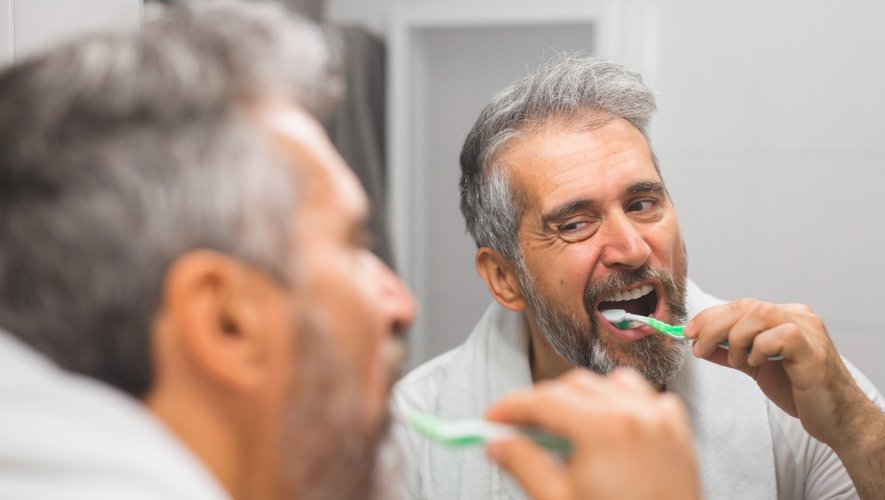Dental plaque is a thin film that forms on the surface of our teeth. Why should we get rid of it as much as possible? What do we risk because of it?
Whitish or yellowish in appearance, dental plaque is made up of saliva, bacteria and food residue. The appearance of this biofilm is therefore completely natural and concerns everyone. However, this deposit adhering to the dental enamel should not be allowed to accumulate.
For what ?
Because “the accumulation of dental plaque can trigger cavities and infiltrations, particularly in children. As well as periodontal problems, particularly in adults”explains Dr Saladin, dentist in Lyon, on his website.
In effect, “bacteria feed on the sugars contained in the food residues that form the plaque, thus transforming them into acids “, deciphers the Quebec dental group API on their website. “These acids attack tooth enamel, forming cavities!” And the more there is, the more aggressive it becomes for teeth and gums.
“In addition to being harmful to your teeth, dental plaque is also harmful to your gums and to the other tissues that support your teeth”, adds the dental group. The risk ? Gingivitis, which can turn into periodontal disease.
What to do ?
The most effective method is regular tooth brushing. It is the mechanical action of brushing that allows its daily elimination. Yes, you have to do it every day, because plaque settles between each brushing.
During the day, salivation, talking and tongue movements can partially remove the plaque. It is therefore at night that it develops the most. So insist on brushing in the morning to be more effective.
Finally, note that tobacco is an aggravating factor in the appearance of dental plaque because it disrupts oral balance.

